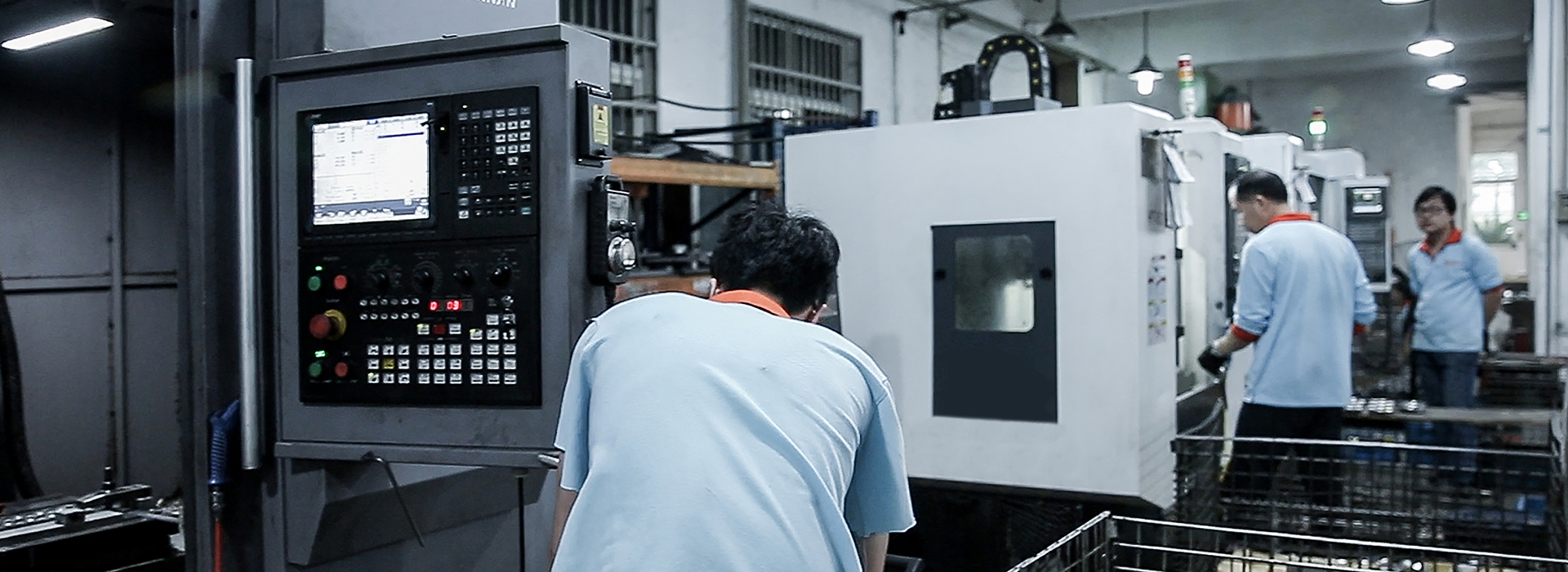
With the development of China's foundry industry, it is only necessary to provide high quality precision castings for the equipment manufacturing industry, but also to achieve the province of materials, less energy consumption, low pollution, achieve sustainable development. Lost mold casting technology is known as the "21st century green casting project", in line with the casting industry "clean production", "green intensive casting" "green materials" other new ideas of casting, in the production of auto parts, lost mold casting has a great space for development. The coating plays a key role in the successful application of epc process. If the epc coating does meet the requirements, there will be porosity, sand inclusion carburization defects in castings, which will lead to the quality decline of cast iron the rejection rate increase. In the coating, the binder endows the coating with adhesion, which improves the strength adhesion of the coating. In order to ensure the high strength high air permeability of the lost mold coating, it is necessary to choose the organic inorganic binder reasonably, use a variety of binder at the same time to ensure that the performance of the coating meets the requirements. This research chose white latex as organic binder, silica sol as the inorganic binder, single white latex silica sol binder respectively study the best addition amount of refractory aggregate in the coating (mass fraction), as well as the two of the mixed solution, analysis of different proportion of iron epc water-based coating suspended, the influence of the intensity, apparent viscosity rheological property, Some references were provided for the application of white latex silica sol in casting coatings.
1 Test materials methods
1.1 Test materials: cast iron lost mold water-based coating uses quartz powder bauxite as composite refractory aggregate, small medium-sized cast iron coating usually uses quartz powder as refractory aggregate, large castings use bauxite. Used alone bauxite as refractory aggregate castings, the small amount of refractory clinker thermal expansion high volume stability, high refractoriness, good slag resistance, but poor casting surface finish, refractory aggregate use quartz powder to do alone, on the other hand, in addition the infiltration of iron oxides of bauxite are less than quartz, in the coating showed good adhering sand resistance, Therefore, according to a certain proportion of the two aggregate use, can play a complementary role in performance. Sodium bentonite xanthan gum were used as suspension agents. After sodium-bentonite is wetted by water, due to the small particle size, water is only adsorbed on the surface of the particle, but also enters between the crystal layers to form colloidal particles. At this time, the carrier liquid becomes colloidal solution. The bentonite particles form a spatial network structure in the colloidal solution, so that the bentonite slurry has a yield value, the refractory filler particles are easy to sink. Bentonite polymer compound can be used together to form a stable three-dimensional network structure, so that better suspension. Xanthan gum is a polysaccharide compound, used together with other additives can play a thickening effect. White latex silica sol are selected as composite binder. White latex is a water-soluble adhesive, which is a thermoplastic adhesive prepared by polymerization of vinyl acetate monomer under the action of initiator. It can cure at room temperature, cure quickly bond strength is high. Silica sol begins to soften above 1000℃, so that the coating has good toughness, in the pouring process, can resist the metal wash well, can significantly improve the high temperature strength of the coating. In addition, zinc borate was used as flame retardant, n-butanol as defoamer, OP-10 as surfactant, diatomite with porous structure as adsorbent, formaldehyde as preservative, water as carrier.
1.2 Coating performance test method
(1) Suspension: using the standing method, the coating is added to the measuring cylinder to 100mL scale, standing for 24h, read out the percentage of sediment in the coating.
(2) Flow cup viscosity: using LND-1 type 4 viscosity cup to measure, with a stopwatch to record its fixed volume flow time.
(3) air permeability: the air permeability of the coating at room temperature high temperature is measured on the STZ direct reading air permeability tester.
(4) Coating strength: drop sand the viscosity cup to the coated glass plate until the coating is exposed to the glass plate, the total mass of the falling sand is weighed.
(5) Thixotropic index N: the ratio of rotational viscosity η6/η60.
(6) coating: the foam plastic is made into 100mm×60mm×30mm cuboid, impregnated twice in the coating, observe the surface collapse phenomenon, the coating is good bad, divided into ⅰ, ⅱ, ⅲ three grades, in order is good, good, bad.
(7) high temperature crack resistance: the use of rapid high temperature sintering furnace to observe whether the coating sample crack the size of the crack, divided into four grades.
